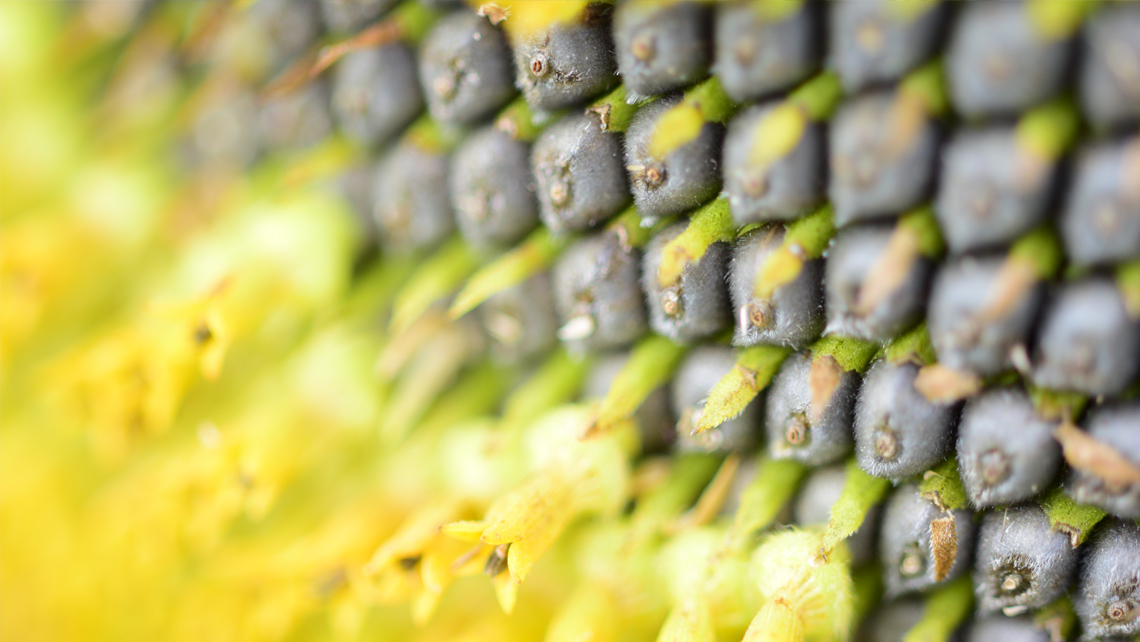As brand owners are making pledges to improve the sustainability of their packaging, paper and board producers are seeking alternatives to fossil-based raw materials. In this webinar, we discuss the role of hydrophobation and introduce a novel internal sizing chemical for paper and board applications.
Food is much more than simply what’s on the plate. For many, it is also a significant way of self-expression – not just fuel for the engine, but something that describes and defines who we are. We recently investigated how we will purchase, package, and consume food in ten years’ time. According to one of the four future scenarios that were identified, “You are what you eat” could be the mantra that most consumers will live by.
The food industry and the food packaging value chain are rapidly changing, challenged by the need to be more sustainable and resource-efficient and to meet the demands of urban consumers. What does the future of food and food packaging look like?
How will food consumption and food packaging look like in 2030? Our future scenario survey provides four plausible alternatives for the future and paints pictures of consumer attitudes and behavior, packaging trends, recycling, and regulation in ten years’ time.
The value chain for fiber-based food contact materials is long and diverse. Ensuring the safety of paper and board that is intended for food contact applications is a key priority for everyone. What topics are current in the industry?
New year is the time to make resolutions for a healthier, happier future. Starting a new decade, many of us are stopping to rethink our lives also with the environment in mind and committing to small everyday changes. We took a look at the findings from our recent international survey on consumers attitudes toward food packaging materials, food shopping, and food waste. Based on those, here are some goals that might be found on many resolutions lists for the new year.
Over 14 million tons of hygienic board is produced every year for packaging different types of food and beverages. For many board mills, staying compliant with the food contact regulations is a continuous balancing act, and the usual suspects for out-of-spec production are bacterial spores. How does one control microbes and prevent spores in hygienic board machines?
Non-intentionally added substances cause headaches for food contact materials manufacturers. How to manage NIAS in the fiber-based food packaging value chain?
Recently, 4,000 consumers shared their views on food packaging materials, food shopping and food waste with us. Now we reached out to experts and stakeholders in the food packaging value chain in Finland and asked for their opinion. Here’s how a package designer, a grocery store keeper, a plastic activist, and a CEO of a recycling company view some of the key findings from the survey.
Combating microbe content in fiber-based food packaging is no picnic. Look beyond biocides and learn from our top experts what role chemistry and operations play in ensuring the safety and purity of hygienic board.
